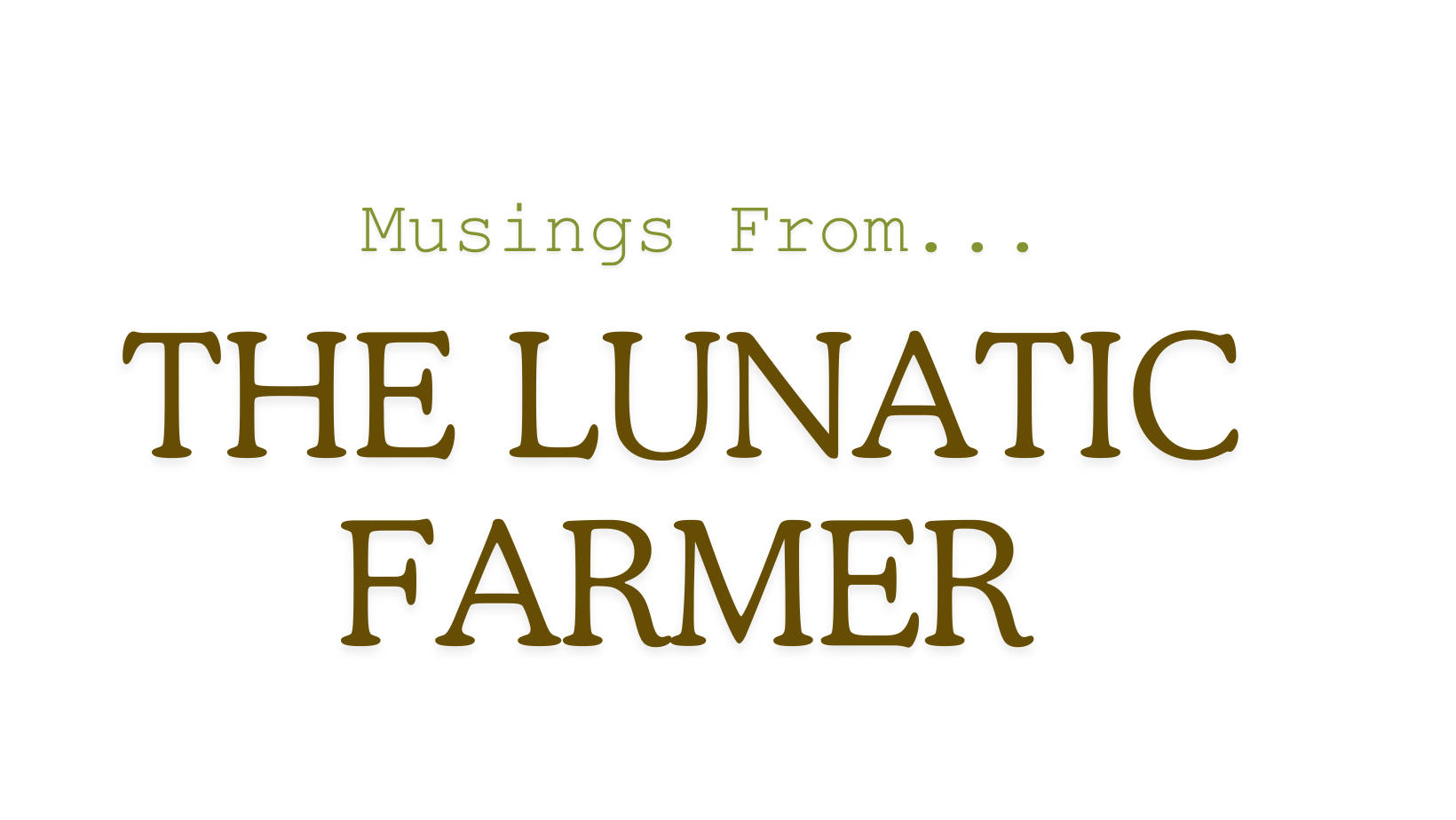REASONS FOR CALVING IN WINTER
What a delight to know I have real farmers reading these posts. And non-farmers who actually care about these nitty gritty issues. Thank you everyone who responded to yesterday's post about freezing calves during this cold snap through Texas, Oklahoma, and the mid-west.
Several of you clearly knew and understood the situation so I'm just going to try to synthesize the main issues surrounding decisions to calve prior to birthing by wild herbivore and ungulate populations. To me, that is the obvious template, even if we don't understand all the whys.
For sure, some protection, whether a shed, forestal windbreak, excavated berm or even a fence can make a big difference in how a herd of cows holds up during inclement weather. Anything weaned can hold up fairly well with some protection. The babies are far more fragile.
As to why cattle producers routinely calve two months prior to deer fawning, the first is what my produce commenter said: the hubris of being first. In produce, of course, the market pays a big premium for the first tomato. But with cattle, no premium exists for being first except bragging rights.
That's closely coupled with the biggest. Earlier calves get a head start and typically enter the summer and therefore the fall sales rush weighing more. Perhaps the biggest lie in farming is that "bigger and more equals profit." If the cost of bigger and more exceeds the cost of smaller and less, it may not be more profitable even if your gross income is higher.
I recently did a cost analysis for a large sheep operation that tries to save all of its orphan or struggling lambs. When we put the pencil to labor, milk replacer and medications to salvage those lambs, the break even was $80 at a month old. As harsh as it sounds, it would be much better to discard those lambs--humanely, of course--than try to save them.
With rare exceptions, the conventional counsel pouring into the farming community from government and industry experts is to increase size and production. I remember talking to the farmer who won Virginia's corn yield contest, who babied that one acre to win the contest. He said he couldn't possibly afford to do that to all of his crop ground because he'd go bankrupt--the high production was too costly.
Nature tends to reward balance. Mice are small and elephants are large because, in their ecological niche, that's a successful size. A miouse the size of an elephant wouldn't be a very successful mouse. Farmers rarely cost out, or margin out, the actual expenses related to being first or biggest; all they know is that either or both of those gives bragging rights.
The other comment that was dead on was pointing out that managed grazing enables a winter forage stockpile that offers more latitude in weaning dates. Stocker (weaned calf) prices don't fluctuate much between October and December, so letting the cows and calves graze together later into the season takes the pressure off of early calving. Later-born calves will grow just fine into the late fall and early winter and still wean off at desirable weight. One requires early (winter) calving and the other requires pasture management.
I'd much rather manage grass than frozen calves. The problem is that managing frozen calves is macho, man against nature. Managing grass is feminine, man honoring nature. Women farmers usually see these issues pretty quick.
Have you ever discovered that the biggest or the mostest is not necessarily the bestest?
